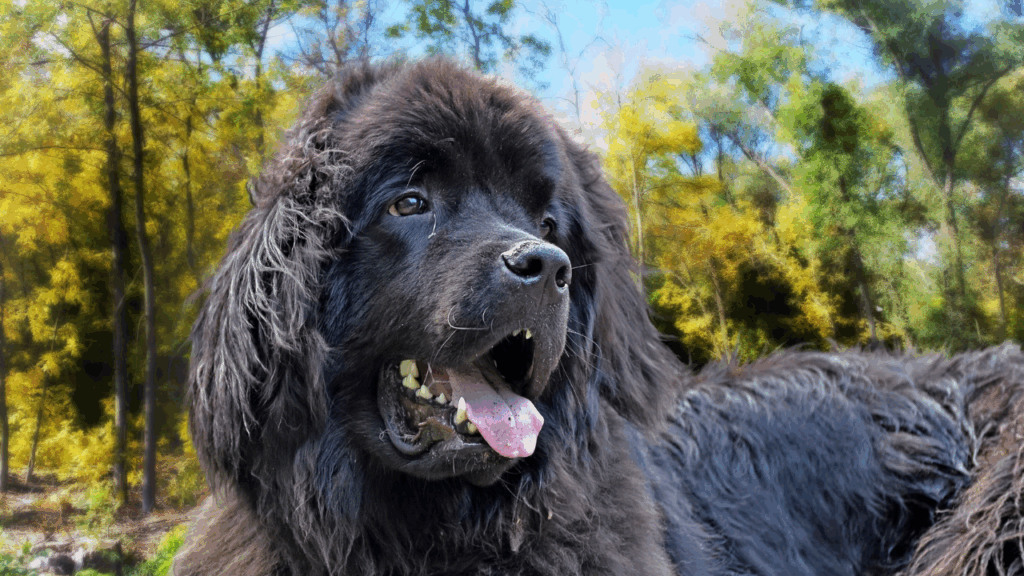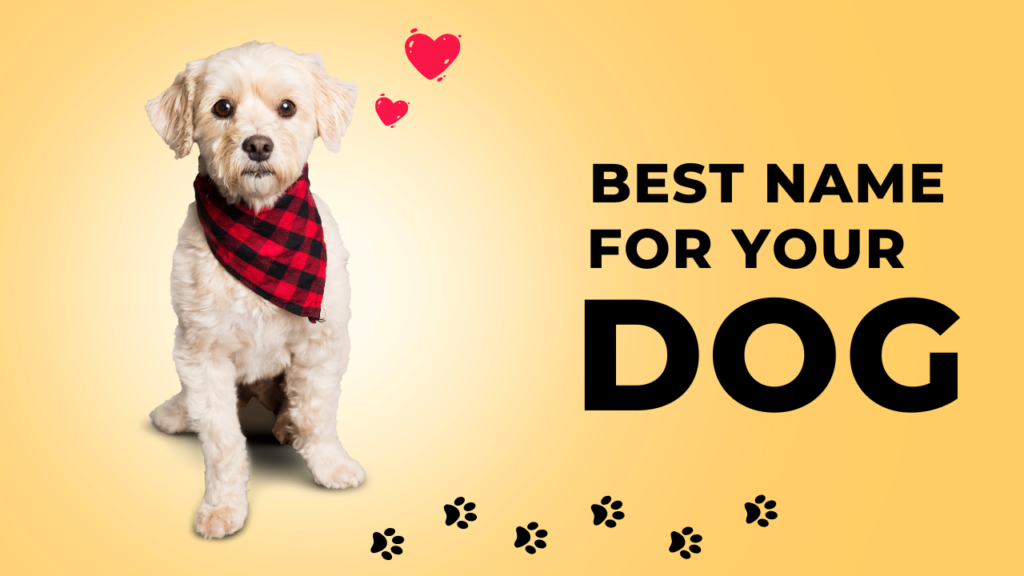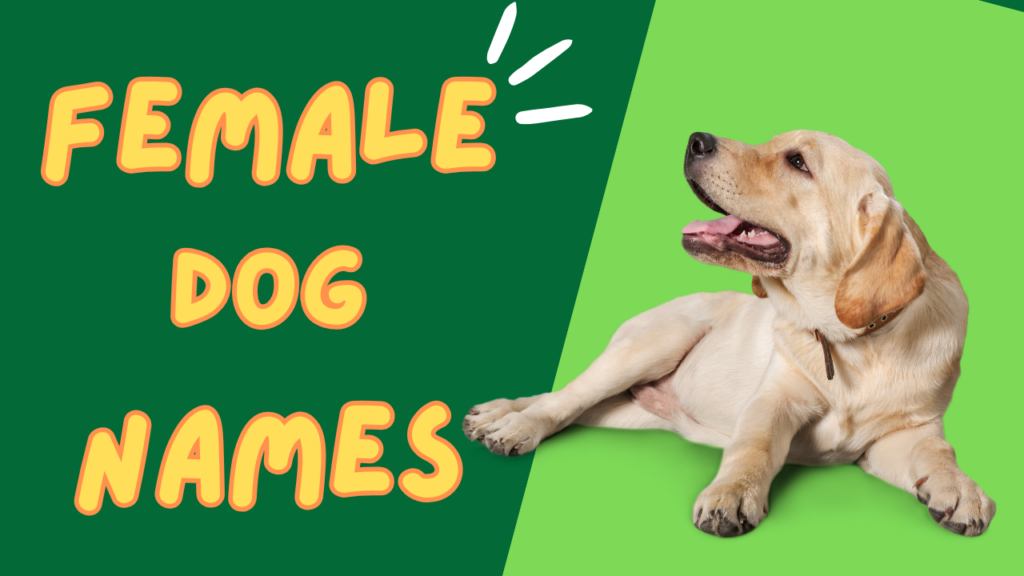The Newfoundland, often referred to as a “gentle giant,” is a majestic breed known for its massive size, sweet temperament, and natural affinity for water. Originally bred in the Canadian province of Newfoundland to assist fishermen, this powerful working dog has earned a reputation for being strong, dependable, and remarkably gentle. Whether serving as a water rescue dog or a devoted family companion, the Newfoundland is truly one of the most noble and beloved dog breeds.
In this article, we will explore the origin, appearance, temperament, care, and suitability of the Newfoundland as a pet to help you understand why this breed is so treasured by dog lovers around the world.
Origins and History
The Newfoundland breed traces its roots to the rugged island of Newfoundland, off the east coast of Canada. It is believed that the ancestors of the breed were a mix of indigenous dogs and those brought over by European fishermen in the 17th century, possibly including the Great Pyrenees and various mastiff-type dogs.
These dogs were bred to work alongside fishermen, helping haul nets, retrieve items from the water, and even rescue drowning people. Their incredible swimming abilities, webbed feet, and powerful build made them indispensable in these roles. By the 1800s, the Newfoundland had gained international fame for its water rescue skills, especially in England where it became popular among aristocrats and royalty.
Appearance
The Newfoundland is a strikingly large and powerful dog, yet its appearance exudes kindness and calm.
- Size: Males typically weigh between 130 to 150 pounds (59–68 kg), while females are slightly smaller, averaging 100 to 120 pounds (45–54 kg). They stand between 26 to 28 inches tall at the shoulder.
- Coat: Their dense, water-resistant double coat protects them in cold, wet environments. The outer coat is coarse and flat, while the undercoat is soft and insulating.
- Color: Common coat colors include black, brown, gray, and Landseer (white with black markings).
- Distinctive Features: They have a broad head, deep muzzle, expressive eyes, and thick, muscular bodies. Their webbed feet contribute to their outstanding swimming prowess.
Temperament and Personality
The Newfoundland is best known for its calm, gentle, and loyal nature. Often referred to as a “nanny dog,” this breed is famously good with children and is patient and tolerant to an extraordinary degree.
- Affectionate and Friendly: Newfoundlands are deeply devoted to their families and enjoy being part of everyday life. They are rarely aggressive and are known for their strong bond with people.
- Calm and Patient: Despite their size, they are not high-strung. They are laid-back and easygoing, making them well-suited for households with children or other pets.
- Intelligent and Trainable: They are quick learners but respond best to gentle, consistent training. Harsh methods do not work well with this sensitive breed.
- Protective, Not Aggressive: Newfoundlands will instinctively protect family members, especially in water, but are not naturally guard dogs. They’re more likely to gently intervene than to act aggressively.
Exercise and Activity
Though calm indoors, Newfoundlands do need regular exercise to stay healthy and avoid boredom. A couple of walks per day, along with playtime or swimming, will help keep them in shape.
Because of their heritage, they love water and are exceptional swimmers. If given the opportunity, they’ll often wade into lakes or pools. Water games and swimming are not just fun—they’re excellent for their joints and muscles.
However, due to their size and risk of joint issues, over-exercising puppies or making them run on hard surfaces should be avoided until they are fully grown.
Grooming and Maintenance
The thick double coat of the Newfoundland requires regular care to prevent matting and manage shedding.
- Brushing: Brush at least 2–3 times a week, more often during seasonal shedding.
- Bathing: Occasional baths are needed, especially after swimming or playing in mud.
- Drool: Be prepared for drool—Newfoundlands tend to slobber, especially after eating or drinking.
- Other Care: Regular nail trimming, ear cleaning, and dental care are essential to maintain overall health.
Health and Lifespan
Unfortunately, like many giant breeds, Newfoundlands have a relatively short lifespan, averaging 8 to 10 years. They are prone to certain health conditions, including:
- Hip and elbow dysplasia
- Heart problems (such as subvalvular aortic stenosis)
- Cystinuria (a genetic kidney condition)
- Bloat (gastric torsion)
Responsible breeding, a healthy diet, and regular veterinary care are crucial in giving Newfoundlands the best quality of life.
Is the Newfoundland Right for You?
The Newfoundland is ideal for those who want a large, affectionate, and calm companion. They do best in homes with space to move around and thrive in environments where they can be close to their people. They are not well-suited for apartment living due to their size, unless the owner is exceptionally committed to providing exercise and care.
If you don’t mind some drool and shedding and are ready for the commitment of owning a giant breed, the Newfoundland offers unmatched loyalty, love, and companionship.



